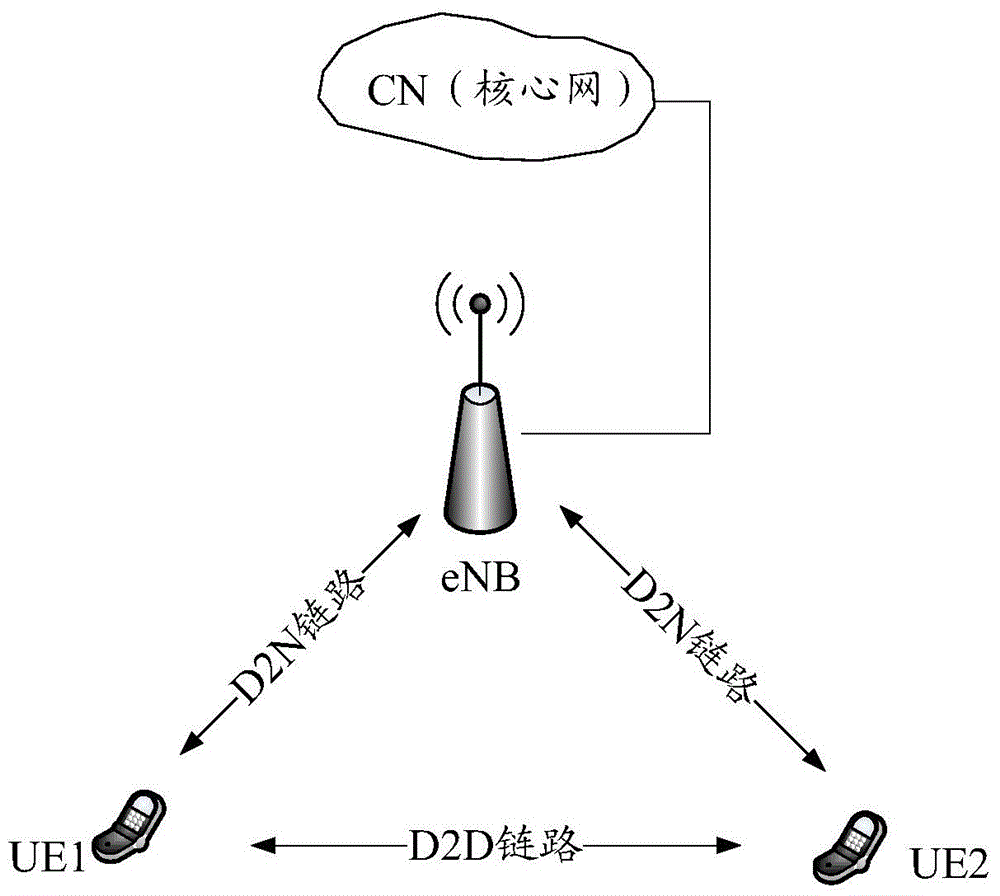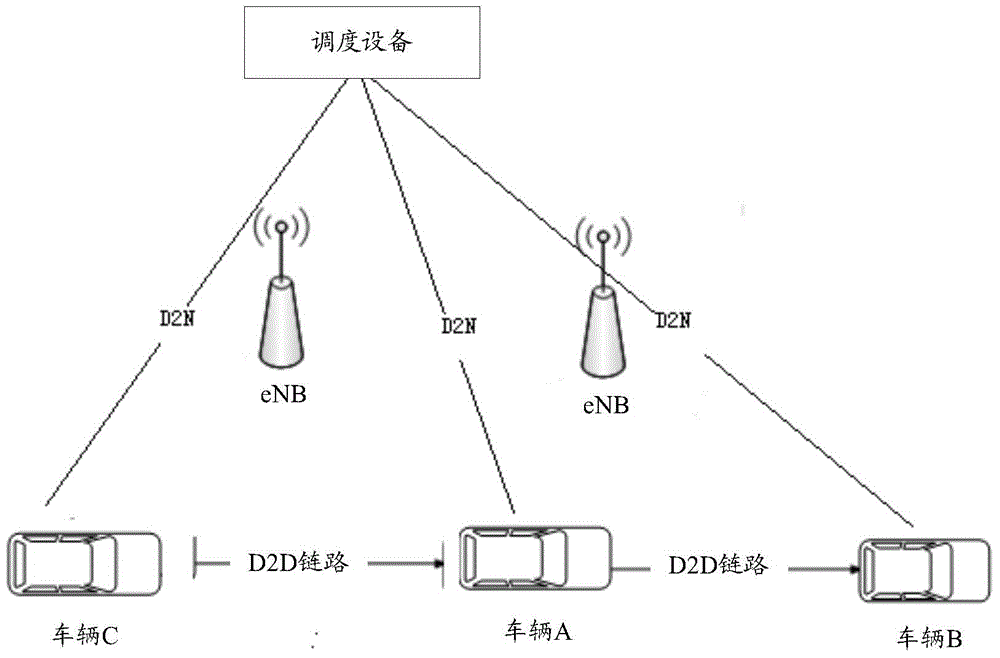Method and equipment for scheduling resources in car networking system
A technology for scheduling equipment and resources, applied in the field of Internet of Vehicles systems
- Summary
- Abstract
- Description
- Claims
- Application Information
AI Technical Summary
Problems solved by technology
Method used
Image
Examples
Embodiment 1
[0202] Embodiment 1. Division of resource areas.
[0203] Assume that each cell is divided into three geographical areas, namely: the geographical area divided by cell 1 is {A1, B1, C1}, the geographical area divided by cell 2 is {A2, B2, C2}, ..., cell N The geographical area divided into {A N ,B N ,C N}, where geographic areas A1, A2, ..., A N The same time slot resources can be reused within the geographical area B1, B2, ..., B N The same time slot resources can be reused within the geographical area C1, C2, ..., C N The same time slot resource can be reused within. When the base station divides the time slot resources that can be scheduled in each geographical area, it needs to ensure that the node 11 in the geographical area A1 and the node 2 in the geographical area A2 can use the same time slot resources. When the vehicle 1 and the vehicle 2 send information at the same time , the vehicle 3 in the geographical area B1 can only correctly decode the information sent...
Embodiment 2
[0204] Embodiment 2, the resource request process when node A changes the resource area.
[0205] by Figure 7 In the geographical area division structure shown, when node A enters the cell, it determines that it is currently in geographical area A1 according to its own GPS positioning information combined with the virtual electronic fence information. At this time, node A reports its own location information to the base station (ie Geographical area A1), and at the same time request time slot resources from the base station. The base station allocates time slot resources to node A according to the current time slot occupancy situation, assuming that time slot 2 is allocated. So far, node A occupies time slot 2, as long as node A is still in the geographical area A1, it does not need to report location information to the base station.
[0206] When the node moves from the geographic area A1 to the geographic area B1, the node sends a change area message to the base station. ...
PUM
 Login to View More
Login to View More Abstract
Description
Claims
Application Information
 Login to View More
Login to View More - R&D
- Intellectual Property
- Life Sciences
- Materials
- Tech Scout
- Unparalleled Data Quality
- Higher Quality Content
- 60% Fewer Hallucinations
Browse by: Latest US Patents, China's latest patents, Technical Efficacy Thesaurus, Application Domain, Technology Topic, Popular Technical Reports.
© 2025 PatSnap. All rights reserved.Legal|Privacy policy|Modern Slavery Act Transparency Statement|Sitemap|About US| Contact US: help@patsnap.com



